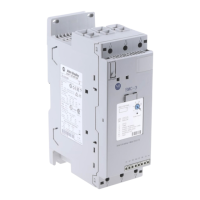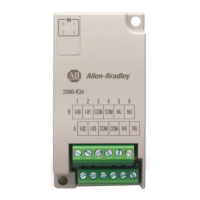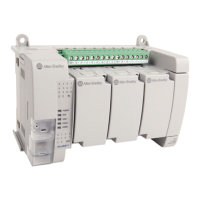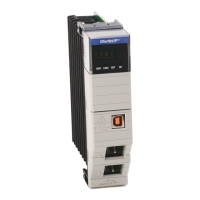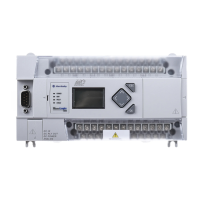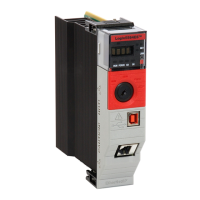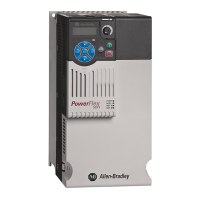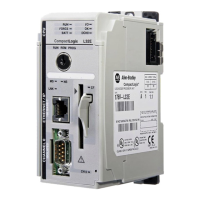Rockwell Automation Publication ICSTT-RM406J-EN-P - February 2021 85
C
CIP Common Industrial Protocol. A communications protocol, formally known as
'CIP over Ethernet/IP', created by Rockwell Automation for the Logix
controller family, and which is also supported by the AADvance controller.
AADvance controllers use the protocol to exchange data with Logix controllers.
The data exchange uses a consumer/producer model.
clearance The shortest distance in air between two conductive parts.
coding peg A polarization key, fitted to the 9100 processor base unit and to each
termination assembly, which verifies that only a module of the correct type
may be fitted in a particular slot. Part number 9903.
coil In IEC 61131-3, a graphical component of a Ladder Diagram program, which
represents the assignment of an output variable. In MODBUS language, a
discrete output value.
Compiler Verification Tool (CVT) An automatic software utility that validates the output of the application
compilation process.
consumer The consuming controller requests the tag from the producing controller.
contact A graphical component of a Ladder Diagram program, which represents the
status of an input variable.
continuous mode Where the Safety Instrumented Function in the Safety System is continually
maintaining the process in a safe state.
controller A logic solver; the combination of application execution engine and I/O
hardware.
controller system One or more controllers, their power sources, communications networks and
computers.
coverage The percentage of faults that will be detected by automated diagnostics. See
also 'SFF'.
creepage distance The shortest distance along the surface of an insulating material between two
conductive parts.
cross reference Information calculated by the AADvance Workbench software or AADvance-
Trusted SIS Workstation software relating to the dictionary of variables and
where those variables are used in a project.
D
data access (DA) An OPC data type that provides real-time data from AADvance controllers to
OPC clients.
de-energize to action A safety instrumented function circuit where the devices are energized under
normal operation. Removal of power de-activates the field devices.
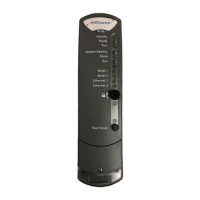
